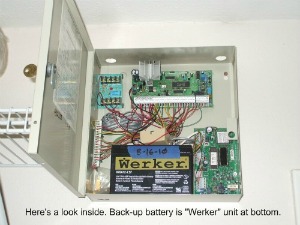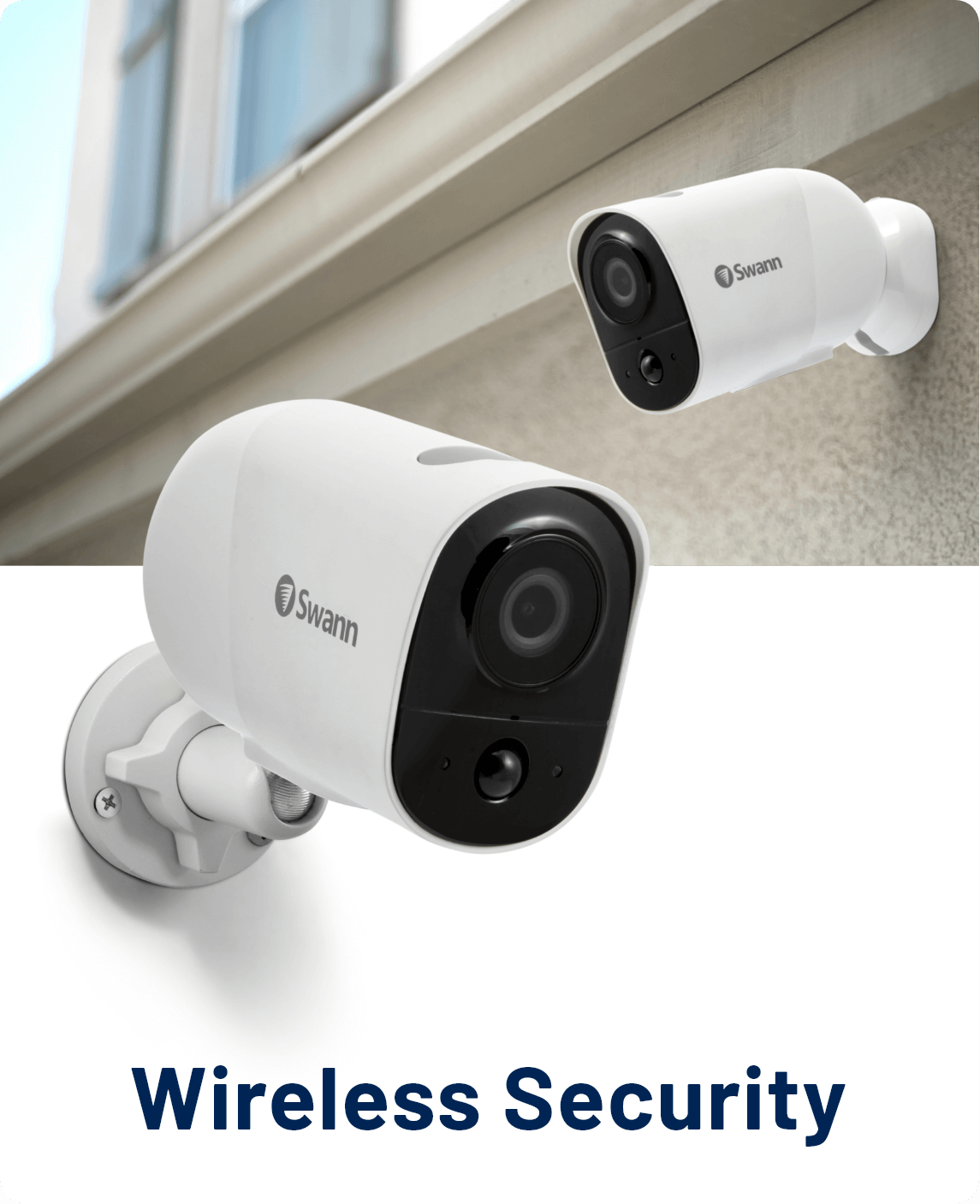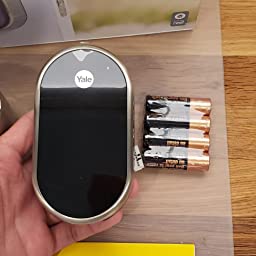
Bump-proof locks provide homeowners peace of mind and an additional layer of security for their home. There are many types of bump proof locks available, including single and dual cylinders. Smart locks can also be used to integrate voice assistants or remote access.
Bumpproof locks can be durable and simple to use. You will find one that meets your security requirements and is affordable in a variety styles.
Modern burglary techniques like lock bumping are becoming more popular. It's quick and easy. There is little to no forensic proof. While it's not the most difficult way to break into a house, bumping can be quite dangerous.

There are several ways to protect your house from such crimes. Change your locks whenever you move. To protect yourself from burglary, make sure you have insurance. Third, you should consider bump proof locks. Bump proof locks not only protect your home from criminals but can also save you money on insurance.
It is essential to find a lock with bump-proof capabilities. It is important to ensure your lock is made from durable materials and includes tamper resistant screws when choosing a new lock. The strike plate should be made of hardened, steel.
Bump proof locks are not for everyone. You may want to consider a different type of security device if you have pets or children. Some locks are more difficult to install than others so it might be worth hiring a professional to help you. It is important that you have a clear idea of your budget prior to shopping. This will help you narrow down your choices and simplify the selection process.
The key to selecting the best bump-proof lock for your home is one that has a variety of features such as an embedded alarm and keyless entry. You should also verify the warranty. These are important because they will protect you if you experience a malfunction.

You should also consider whether or not your door has an outside keyhole. You can also opt for a single-sided deadbolt. This is not as secure as a dual-sided deadbolt but it can still have the same effect.
A bump-proof lock can provide you with peace of mind and help you to live more securely. But if you aren't sure what product to choose, get advice from a qualified locksmith. As a bonus, you might learn a few things along the way.
FAQ
Can I install a security camera by myself?
Yes! If you know how to install an alarm system, you can do it yourself. If you don't want to do it yourself, then hire an expert who will be able to help you install it properly.
Which home security system is easiest to install?
Home security systems that don’t require any installation are the best. These systems are also known as "plug & Play" and work like magic. Simply plug them into a power outlet and connect them to the internet with a wireless router. Once everything is connected, you will be able control it from anywhere in the globe.
How do I decide between the different types of home security system?
You need to think about the potential threats that your area faces. You might consider installing an alarm system that sounds when someone enters your house. If you live in a rural area where there aren't many burglaries, then you may not need as much security.
Also, consider whether you are willing to pay extra for additional features. Some systems have cameras built in while others do not. Some allow you to monitor your house remotely, while others require you to be physically present in order to view the footage.
How much does a good home security system cost?
A good home security system can cost about $2,500. This might seem like a lot, but it's really quite inexpensive when you consider the peace of mind that comes with having a safe and secure place to live.
How much should alarm monitoring cost?
Alarm monitoring costs can vary depending on whether you need it to be monitored frequently, what equipment you need and whether you are looking for an all-inclusive plan or a monthly fee.
Which security system is best?
The best security system to install depends on how much you value your home and belongings. A basic alarm system is a good option, but it doesn't provide enough protection. You can choose to get a more powerful alarm system with better features such as remote monitoring, access control, and video surveillance.
Are motion sensors capable of triggering alarms?
Since the beginning of time, motion sensor alarm systems have been in use for decades. However, they are becoming more popular as a result of increasing theft and break-ins. These devices are expensive and don't work well in cabinets. A motion sensor alarm system can be a great way to protect your home against intruders.
Statistics
- Unlike other online safety services that charge up to 100 percent of your monthly fee, Cove charges no upfront fees and has no hidden costs.
- (In my experience, the discount on my home insurance covered about 25 percent of the subscription of an average plan, but your mileage may vary depending on your location and the size of your home.) (theverge.com)
- Related questionsHome security systems that are 100% DIY (safewise.com)
- That's probably why Cove has a whopping 98%* customer retention rate. (safewise.com)
External Links
How To
How to Install a Home Security System
A home security alarm is a device that monitors the property and alerts you in case of any suspicious activity. It could consist of a motion sensor and doorbell camera as well as smoke detector, smoke detectors fire alarm, flood alerts, carbon monoxide detectors and burglar alarms. A home security package usually includes one or more sensors (e.g. a motion detector), which send signals whenever they detect sound or movement. The signals are then sent to a control panel where they're monitored and recorded. If something goes wrong, like someone breaking in to your house, the control panels sends an alert to your phone or tablet, your computer, or voice assistant. The control panel will notify you immediately so that you can take corrective action.
The first step to installing a home security system is choosing the right type of sensors for your home. There are two main types. Active and passive sensors. Passive sensors don’t require batteries. They only pick up sounds, vibrations and other signals from their environment. They include things like doorbells, sirens, and buzzers. Active sensors transmit data by using electricity. Examples of such sensors include cameras and motion sensor.
There are many different brands of sensors available today. Each brand has their own pros and cons. For example, some sensors are weatherproof, while others aren't. Some of them have built in speakers so that you can still hear them from outside. Some work only indoors. Others are more complex, while some offer more advanced features like night vision.
After selecting the right sensors for your property and deciding on a manufacturer, you will want to make a selection. This will ensure that your sensors are compatible. You should find plenty of choices at your local hardware shop.
Once you have decided on a brand to use, it is time to decide on how many you want. Depending on whether someone lives alone or with their family, most people buy one to two sensors. However, if you plan to add additional sensors later, you might consider buying extra than you think you'll need now.
Next, think about where you want them to go. Are they near windows or doors? Do you prefer to keep them away? Before you put them anywhere on your property make sure you get permission. You should also ensure that they don't interfere with electrical outlets or other property features.
You now know where to place your sensors. Now you need a way for them to be connected to your control panel. You may need a power adapter, or battery pack depending on the setup. Once everything is set up, it's time to start monitoring your property.